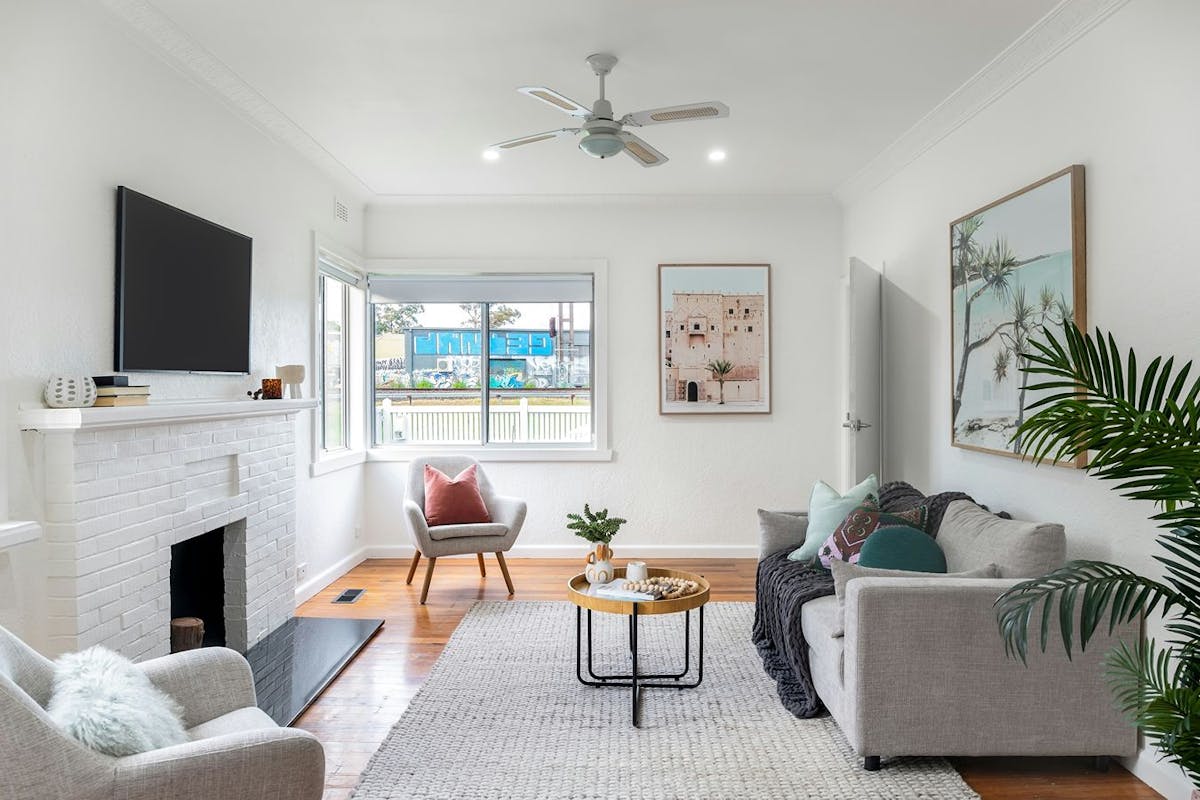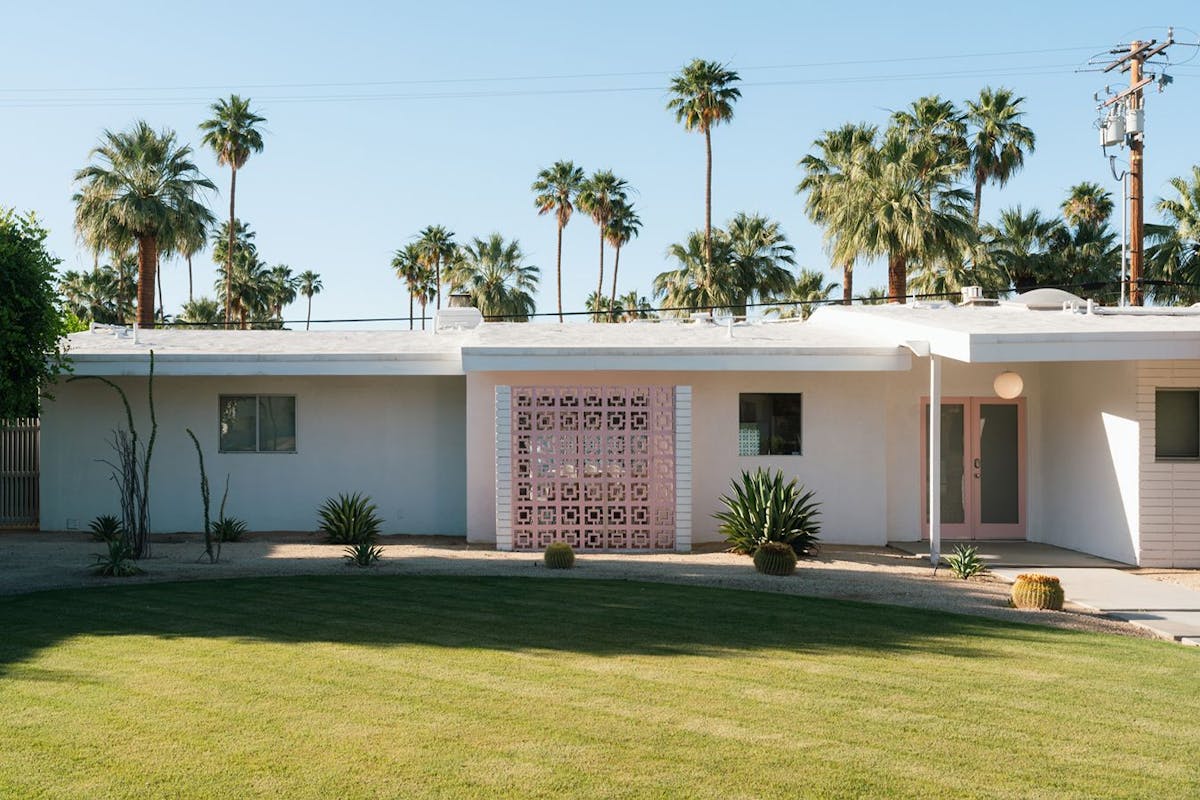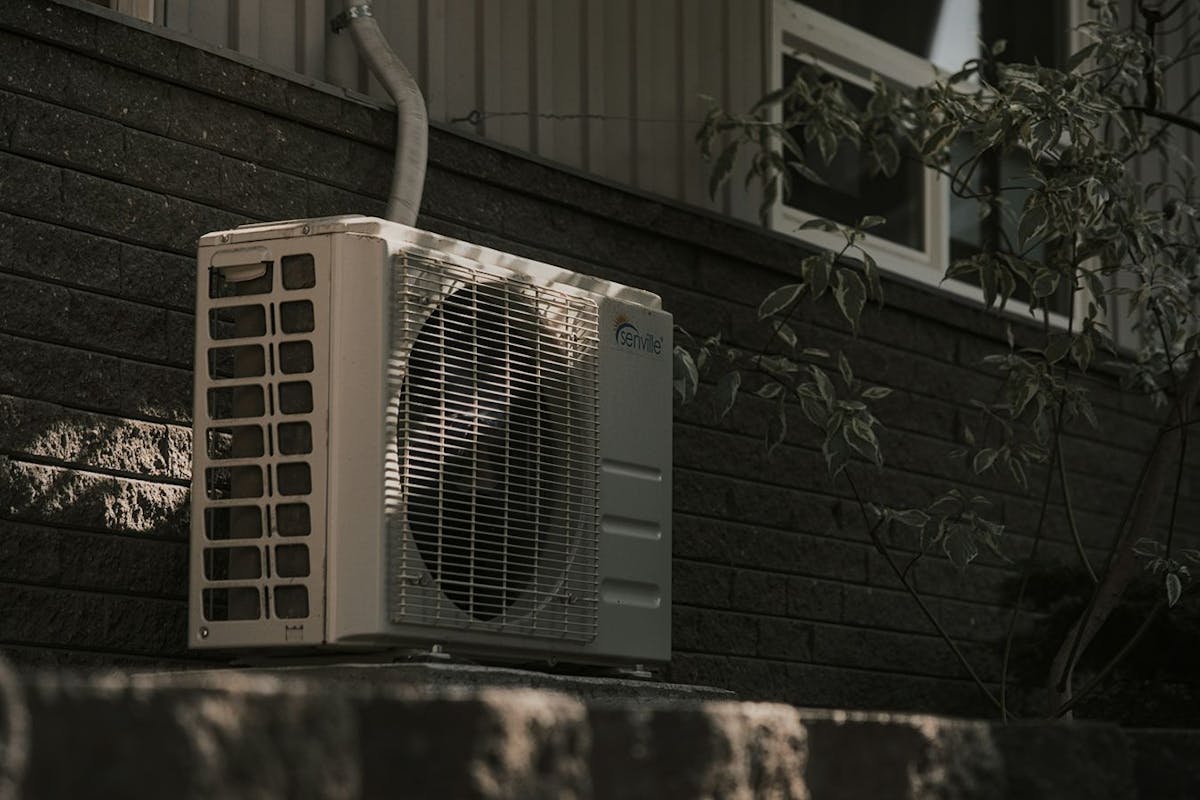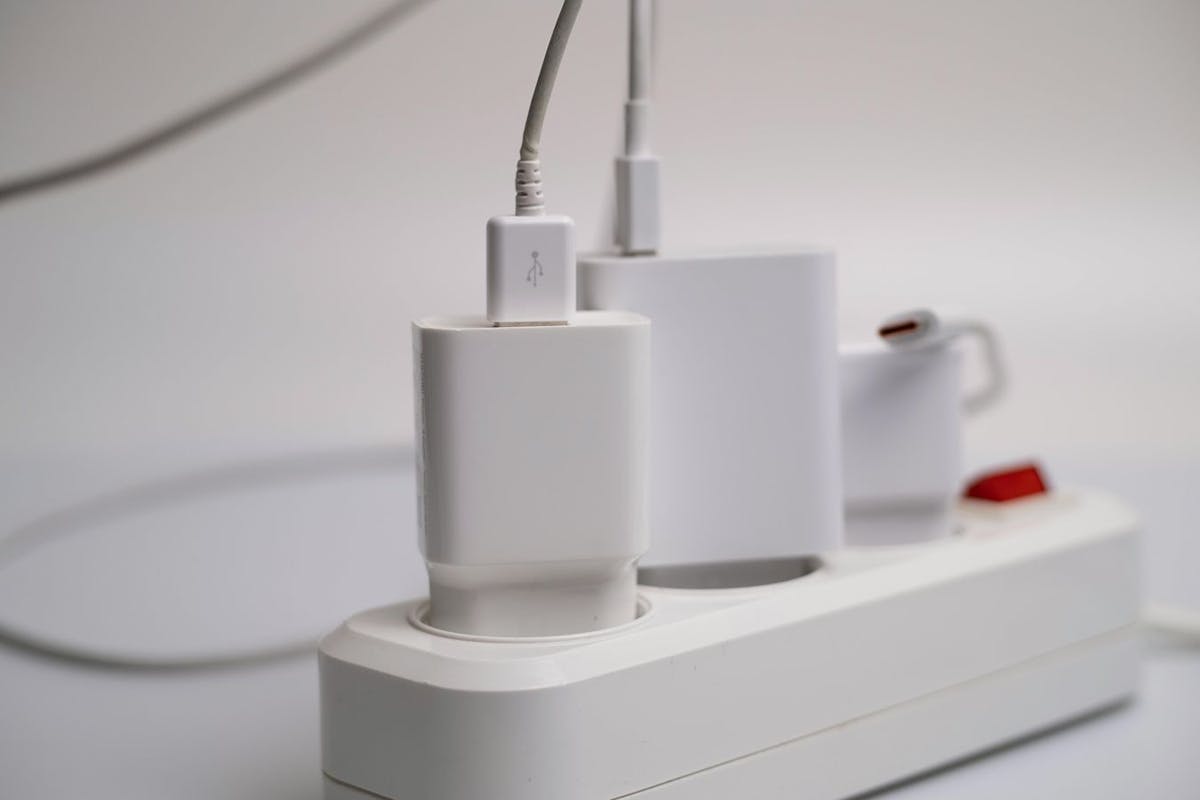Does Precooling Your Home Save Money?
Last edited

Author
Andrew Blok
Electrification and Solar Writer and Editor

Editor
Andrew Giermak
Solar and Electrification Writer and Editor

If you know you’re in for a scorcher during a summer heat wave, does it make sense to cool your home ahead of the heat and humidity? In many cases, yes..
Precooling is lowering a home’s temperature during off-peak electric rate hours so you use, and pay for, less peak-rate energy later in the day. But how effective is it? Let’s look at when it may be right for your home.
See how much you can save with a new HVAC system from Palmetto
What Does Precooling a Home Mean?
Precooling a home means bringing the indoor temperature lower than normal ahead of some event, like peak electricity rates or a storm with the potential to cause power outages.
With a time-of-use rate, electricity gets more expensive when demand is typically highest. In the summer, that’s generally late afternoon and early evening, when air conditioners are working the hardest and people are returning home from work and school.
Theoretically, precooling your home demands more of your air conditioner or heat pump when electricity is cheapest, but lets you coast on that earlier work when electricity gets more expensive. It shifts more electricity consumption to off-peak hours, saving you a bit of money and reducing demand on the grid during peak hours.
When Should You Precool Your Home?
The two main use cases for precooling a home are when the power might go out and when electricity gets expensive.
You might cool your home so you stay comfortable for longer if an approaching storm knocks out the power. If you’re going to face a hot day without power, it can pay to start from a cooler point.
The more common scenario is homeowners precooling their homes before the cost of electricity increases during peak hours.
You can think of this as the cousin of setting your thermostat back for eight hours a day. By shifting your thermostat setting by eight degrees for at least eight hours a day (some sources say four), you can save energy and money, even though your heat pump needs to work harder to get back to your preferred temperature. You use a little more energy to get back to the preferred temperature, but that’s okay because you save enough to make the setback worth it overall.
Factors Affecting Precooling Effectiveness
Whether or not precooling is effective, depends on a number of factors, like these.
Your home’s envelope
If the extra-cool air you’re adding to your home immediately leaks out of your home, precooling won’t help you. The effectiveness of your home’s envelope — the barrier between the air conditioned air and the outdoors — plays a big role. Energy-efficient windows and doors, along with insulation that’s up to snuff for your climate, can lock in the cool air and make precooling more effective.
A study by the National Renewable Energy Laboratory found precooling allowed a home with a high performing envelope to avoid almost all air conditioning during peak hours and could save about 32% on a home’s cooling costs. However, other homes saw only modest or no energy savings from precooling.
Thermal mass
Thermal mass refers to the stuff that makes up a house that can store heat. Think about the way a wall can be warmer than the air after a hot summer day. Buildings that are good at maintaining a temperature can benefit from precooling. A study of large commercial buildings found precooling reduced demand for air conditioning in buildings with high and low thermal masses, but the high mass building saw the greatest reductions.
Climate
Climate affects the effectiveness of precooling. Really hot days make precooling — like all air conditioning — less efficient. The high performing homes mentioned above were able to avoid all on-peak air conditioning, but not when temperatures got high. The greater the difference in indoor and outdoor temperature, the more the heat wants to get in.
Oddly enough, mild days can make precooling less effective, too. If a home is set on a rigid schedule that doesn’t adapt to the real world weather and forecast, it can overcool, dropping the temperature lower than is needed for energy savings.
See how much you can save with a new HVAC system from Palmetto
Does Precooling Your Home Save You Money?
Precooling can certainly shift energy use from on-peak to off-peak hours, but whether that saves you money isn’t guaranteed. While precooling shifts energy, it can actually result in more energy use overall. If off-peak energy is cheap enough, you can save money.
Like the NREL study above, some research finds that homes can save money by precooling, but these homes need to have a highly effective home envelope.
Even utilities, which may benefit from lower energy demand during peak hours, are split on the potential for bill savings.
In a recent story, National Public Radio reported Arizona Public Service said customers could save with a lower thermostat setting in the morning and a higher one from 4-7 p.m., the utility’s peak hours.
A representative of Georgia Power, another large utility, told NPR that a home would have to be very efficient to see savings from precooling.
One thing is certain. Without a time-of-use rate with more expensive on-peak hours, precooling your home, or shifting energy use in any way, isn’t going to save you money.
Should You Precool Your Home?
To be honest, it’s hard to say.
Precooling can be effective at reducing energy costs, especially for homes with highly effective building envelopes.
But for buildings with leakier doors, windows, and insulation, the result will probably be negligible.
If you’re looking for a definitive answer, you could experiment on your own home with the aid of an energy monitor that tracks your air conditioner or heat pump’s energy consumption. You’ll need to remember that results can vary with the weather.
There are other ways you can take a bite out of your cooling costs. Powering your heat pump with home solar panels is one big way. Maintaining your heat pump, regularly changing air filters, and setting your thermostat for energy savings can help, too.
If you’re just looking for a new heat pump, consider a heat pump lease, such as the Palmetto Comfort Plan, which gets you heat pump installation, maintenance, and service, for one predictable monthly payment. Explore Palmetto’s Savings Maximizer to see how either could work for your home.
See how much you can save with a new HVAC system from Palmetto
Frequently Asked Questions
Does precooling your home save you money?
Precooling your home can save you money, but savings are most likely for homes with great building envelopes. Leakier homes are less likely to see savings.
What is precooling?
Precooling is the process of making your home a bit colder when electricity is cheaper, usually earlier in the day, so you can avoid running your air conditioner with more expensive energy later.
Photo by Mitchell Luo on Unsplash.


